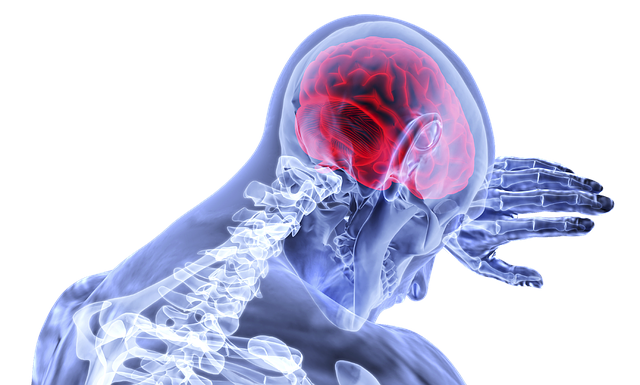A participant in a recent training sent me a follow up email with a question about the Lizard Brain Treat. She gave me permission to share it here.
Hey Kristen,
Hope you had a safe travel home.
Thanks again for a great conference! I have been getting more protein into myself this weekend and am feeling less irritable with my 4 yo daughter, so already showing benefits for the every 3 hour protein plan! I also walked the half mile to work today vs driving! You have inspired me so much!
I was sharing some the info with my Mental Health colleagues today and they said “juice”? That has way too much sugar, what about fruit and nuts? I said “Hmmmm, I’m not sure”, and had to look it up. I saw that you recommended just a ¼ cup juice, not a whole bottle…for lizard brain symptoms. I also have a colleague who has diabetes, and he said, “I can’t have juice, no diabetic should have any juice.” What words of wisdom do you have for that question?
Sincerely, Molly
Molly -
Thanks for doing the experiments.
If people object to juice, they don’t have to use juice. I just find it effective in shifting a person’s mood immediately when they have lizard brain symptoms, such as anxiety, irritation, agitation, or early morning waking for 2 hours.
A ¼ cup of juice is not a lot of sugar. Remember, it is not just juice. We are also adding nuts or a protein source, since the juice will be burned quickly.
I did a quick search:
· Apple juice has 28 total carbohydrates in one cup, so ¼ cup has 7 grams of total carbohydrates
· Granulated white sugar for 1 teaspoon is 4.2 grams of total carbohydrates.
· Dried cranberries have 26 grams of total carbohydrates in 1/3 cup.
Note that dried fruit takes longer for the glucose to get to the brain since the sugar has to be released from the fiber.
Some people don’t have the control to drink only a ¼ cup of juice and will drink a full cup or more. This can be a problem. Additionally, sometimes when people are watching their carbohydrates, as with diabetes, it’s easier to eliminate this food category altogether.
I tell people who are opposed to juice and are anxious/irritable/early morning waking to try the juice to see if it works. If it works and helps them regain emotional balance or go back to sleep, then we work to find a food that will have an equivalent response. It is different for each person. Here are some of the solutions that have worked: dried cranberries, carrots, honey sticks, 1-2 large smarties.
The Smarties candy is an interesting one. It’s made of dextrose which converts quickly into glucose. The large ones are about the size of a penny.
My goal for the juice is to quickly get some glucose to the brain to turn off the adrenalin that is firing up the lizard brain. Here are some common scenarios where I find ¼ cup of juice (or equivalent) effective.
Slowing down anxiety and panic attacks
Irritable teenager who is frustrated
Waking in the early morning with thoughts racing
Not hungry in the morning at waking
Really groggy in the morning at waking
Hopefully that is helpful. Kristen
























